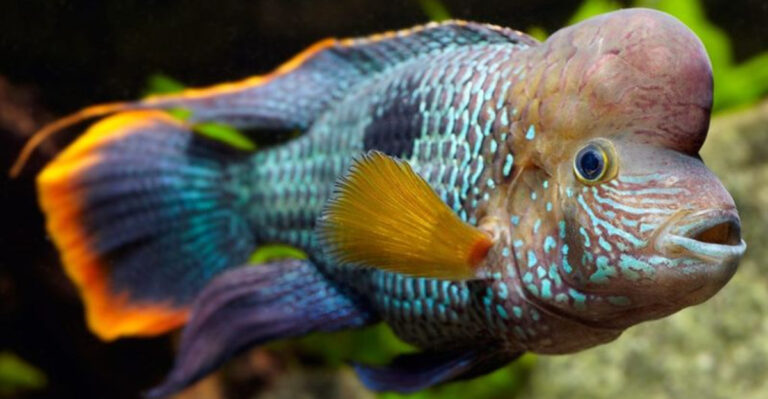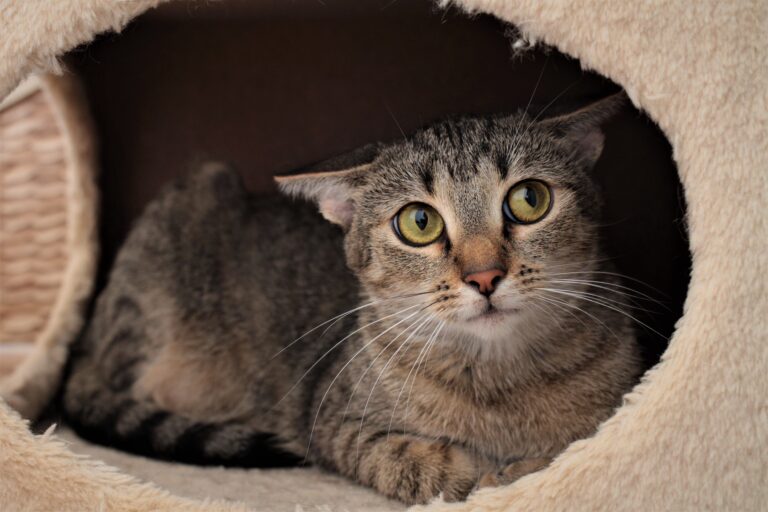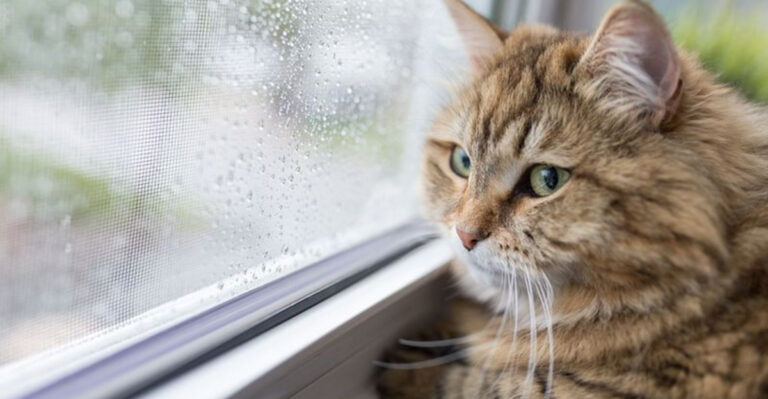15 Key Questions You Should Ask Yourself Before Expanding Your Cat Family
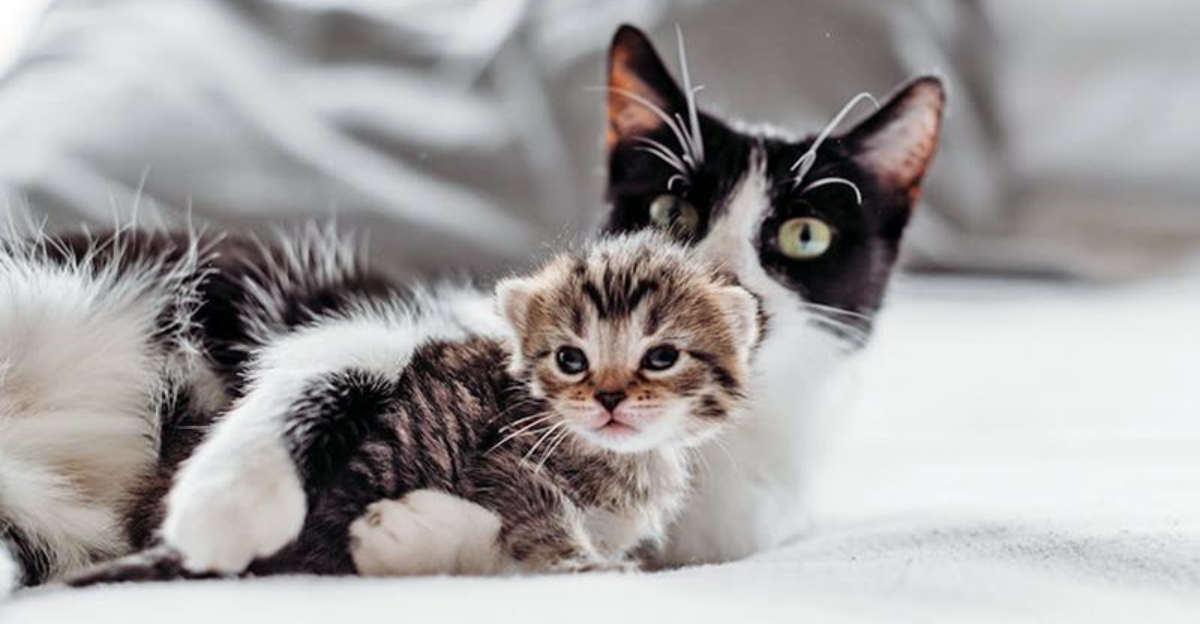
Bringing a new feline friend home is exciting but requires careful thought. Adding another cat to your household changes the dynamic for everyone – including your existing pets.
Before you fall in love with that adorable kitten in the shelter window, take a moment to consider these essential questions that will help ensure a harmonious multi-cat household.
1. Do You Have Enough Space For Another Cat?
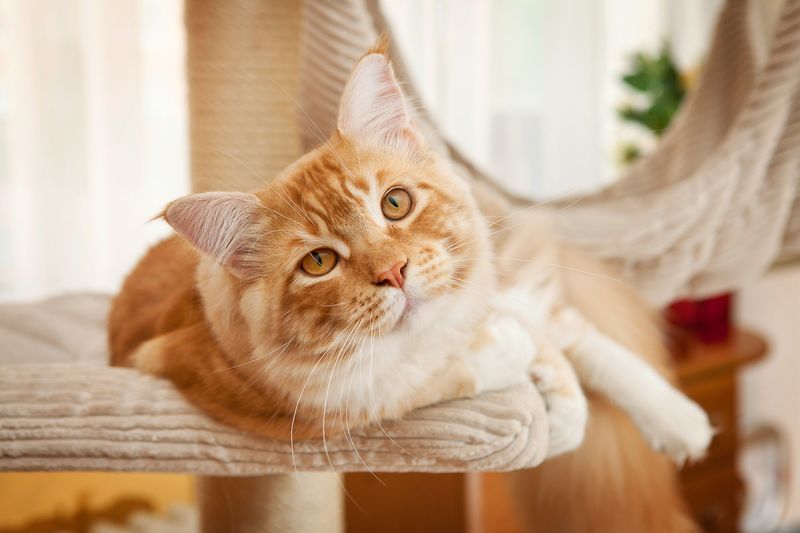
Space matters more than you might think! Cats need room to climb, play, and escape from each other when tensions rise.
Experts recommend having separate feeding stations, multiple litter boxes (one more than the number of cats), and cozy hiding spots throughout your home. Without adequate territory, even friendly cats may develop stress-related behaviors.
2. Can Your Budget Handle Another Furry Friend?

Money talk isn’t fun, but it’s necessary! Double the cats means double the food, litter, toys, and routine veterinary care.
Emergency vet bills can pop up unexpectedly, and those costs multiply with each pet. Some folks forget to factor in pet insurance, dental care, and preventative medications that keep increasing yearly. Create a realistic monthly pet budget before deciding.
3. How Will Your Existing Cat React?

Your current kitty’s personality holds major clues about how well they’ll accept a newcomer. Some cats thrive with companions while others prefer being solo stars.
Watch how your cat behaves around visiting animals or when seeing outdoor cats through windows. Previous socialization experiences shape their tolerance levels. Remember that even friendly cats need time to adjust—introductions should happen gradually over weeks, not days.
4. Do You Have Time For A Proper Introduction Period?
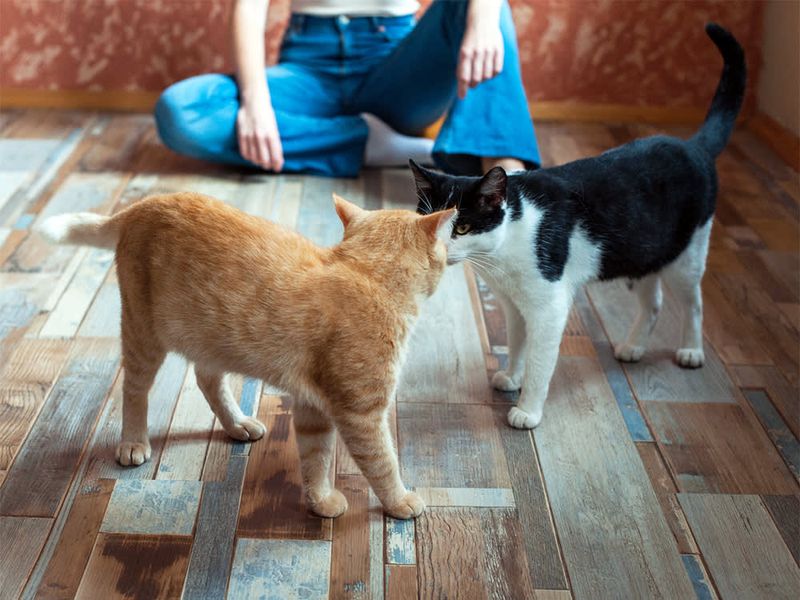
Rushing cat introductions often leads to disaster! The process requires patience—sometimes weeks or even months of careful management.
You’ll need to create separate spaces initially, gradually allowing supervised interactions and scent exchanges. This means dedicating time to monitor their interactions, manage feeding schedules separately, and slowly integrate their living spaces. Many adoption returns happen because people skip this crucial step.
5. Are You Prepared For Potential Personality Changes?
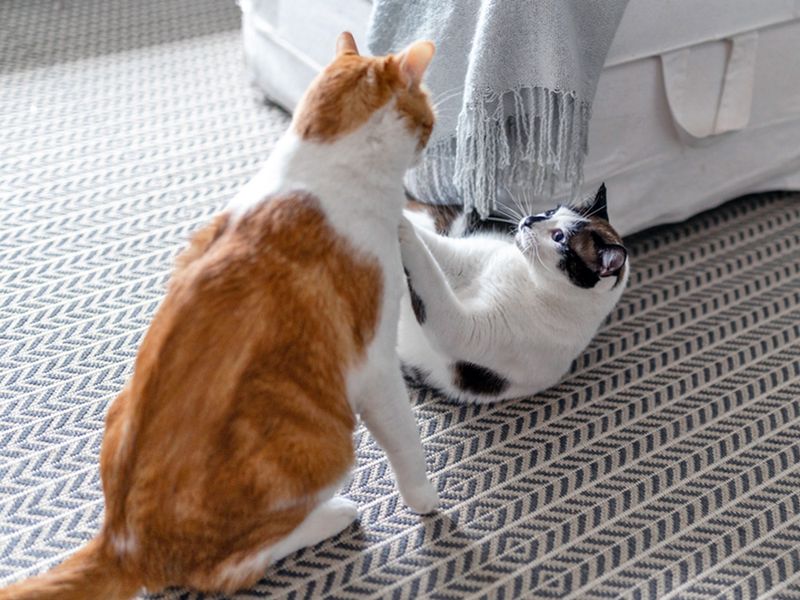
Even your sweet, cuddly cat might show a different side when another feline enters the picture. Territorial instincts can transform personalities overnight!
Some previously confident cats become shy, while quiet cats might become more vocal or assertive. These changes aren’t always permanent, but they can last weeks or months during adjustment. Knowing this possibility helps you stay patient rather than feeling disappointed by unexpected behavior shifts.
6. What Age, Gender, And Energy Level Would Complement Your Household?
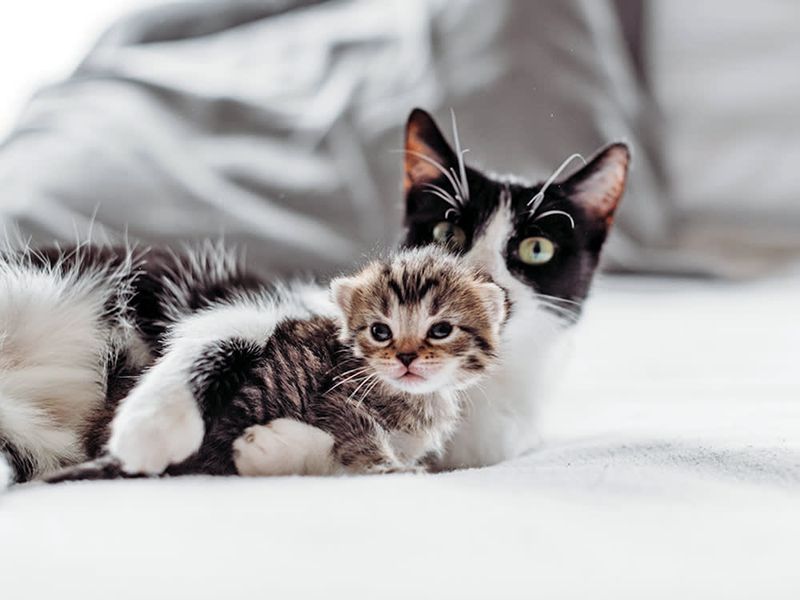
Matching personalities matters more than you’d think! Generally, kittens adapt more easily but require tons of energy and attention from both you and existing pets.
Adult cats have established personalities, making compatibility more predictable. Consider energy levels carefully—an active young cat might torment your senior kitty, while two high-energy cats could form a dynamic duo. Many behaviorists suggest opposite-gender pairings often work better than same-gender ones.
7. Do You Have Backup Plans If The Cats Don’t Get Along?
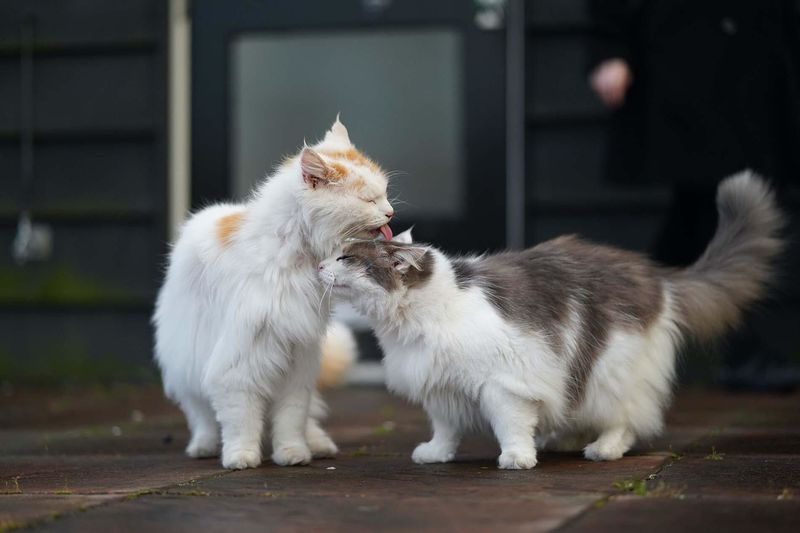
Hope for harmony but plan for problems! Sometimes, despite our best efforts, cats simply don’t accept each other even after months of careful introductions.
Could you permanently maintain separate living spaces if needed? Do you have friends or family who could adopt one cat if cohabitation proves impossible? Having contingency plans shows responsible pet ownership. Many shelters ask about these plans before approving multi-cat adoptions.
8. Have You Researched Your Existing Cat’s Breed Tendencies?
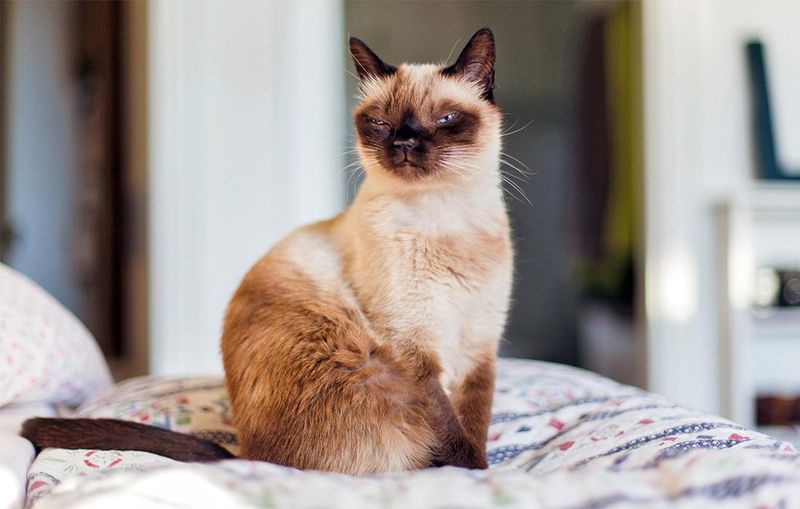
Breed matters! Some cat breeds naturally prefer being the only pet, while others thrive in multi-cat households.
Siamese cats often bond strongly with feline friends, while many Persian cats prefer being solo. Even mixed-breed cats inherit temperamental tendencies that affect their sociability. Research your current cat’s background for clues about how they might respond to sharing their kingdom with another royal feline.
9. Are You Prepared For Increased Household Maintenance?
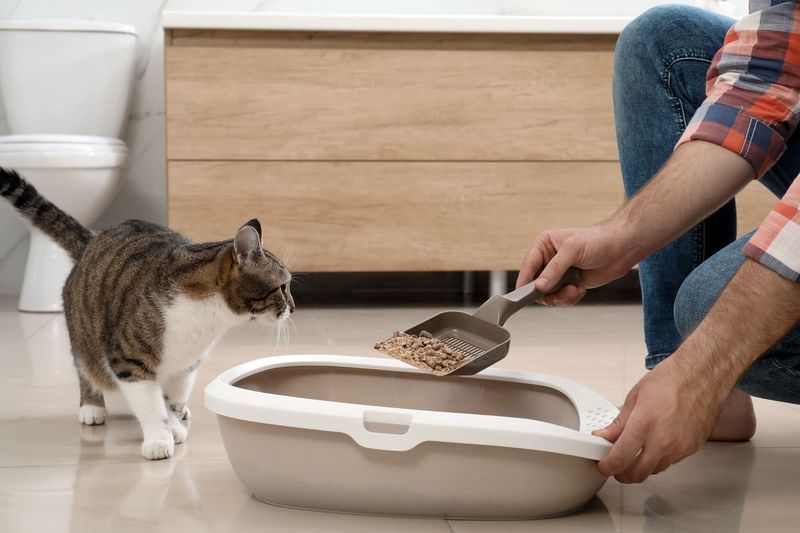
More cats equal more everything—fur, litter tracking, knocked-over plants, and general chaos! Your cleaning routines will definitely intensify.
Vacuum filters fill faster, litter boxes need more frequent scooping, and those adorable paw prints might appear on previously pristine surfaces. Many multi-cat owners invest in robotic vacuums, better litter containment systems, and washable furniture covers to manage the increased maintenance demands.
10. How Will Another Cat Affect Your Living Situation?

Rental agreements often limit pet numbers, and some HOAs have restrictions too. Check your lease carefully before bringing home another furball!
Even homeowners should consider how another cat might affect property value through potential damage or allergen buildup. If you’re planning to move soon, remember that finding pet-friendly housing becomes exponentially harder with each additional animal. Some landlords charge per-pet deposits or monthly fees.
11. Do You Have A Reliable Veterinarian Who Can Handle Multiple Pets?
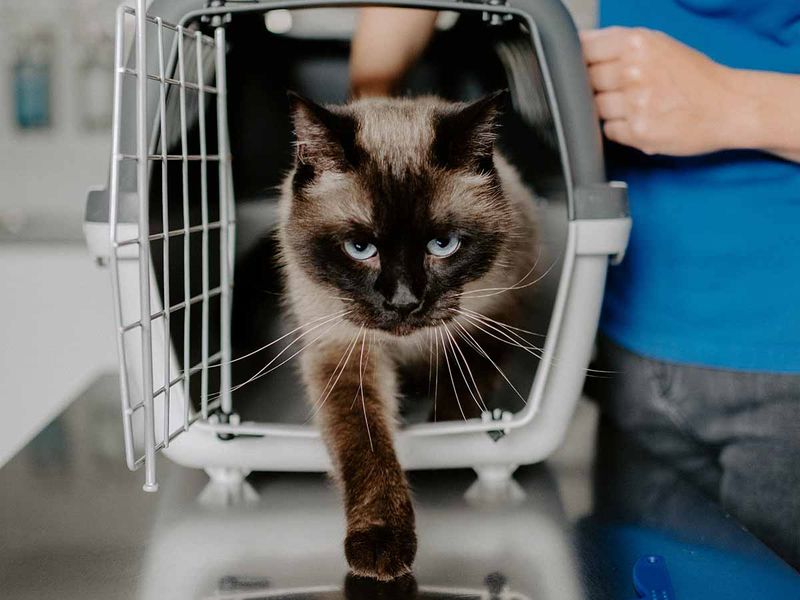
Vet access matters more with multiple pets! Some clinics limit how many animals they accept per household due to scheduling constraints.
Ask your current vet if they can accommodate another pet in their practice. Consider whether you can transport multiple cats simultaneously for appointments, especially during emergencies. Some areas face veterinary shortages, making new patient acceptance limited, so checking availability before adoption prevents healthcare gaps.
12. How Will Vacations And Travel Change With Multiple Cats?
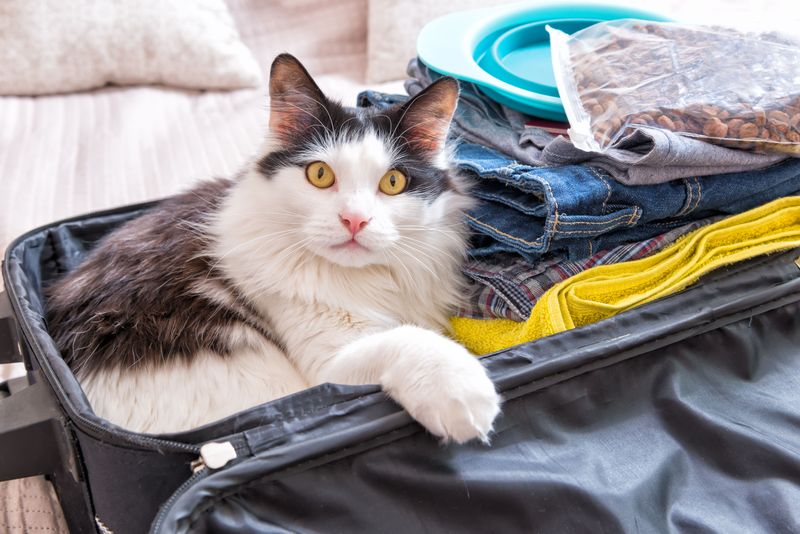
Travel logistics become trickier with each additional pet! Finding cat sitters willing to manage multiple cats costs more and requires more detailed care instructions.
Some cats experience increased separation anxiety when their feline friends leave for boarding, creating unexpected behavioral issues. If you travel frequently, consider whether your current arrangements can scale up. Many professional pet sitters charge additional fees for each pet beyond the first one.
13. Are There Specific Health Concerns With Multi-Cat Households?
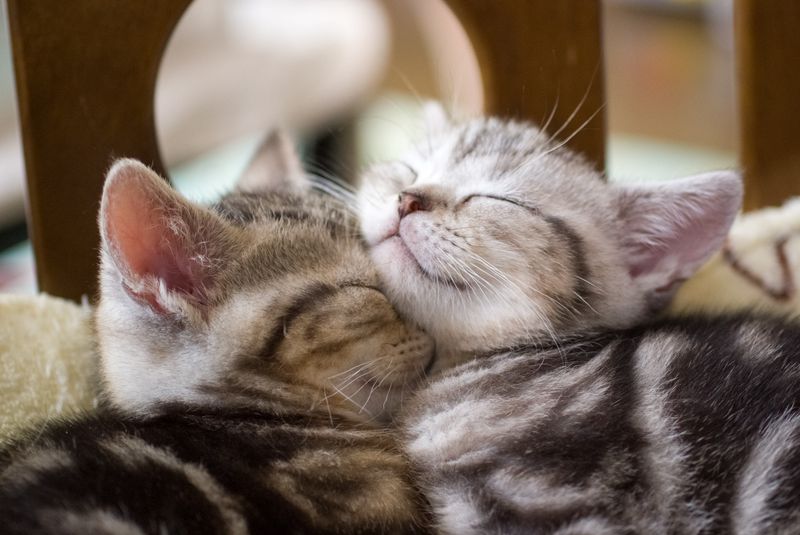
Health risks increase in multi-cat homes! Contagious conditions spread more easily when cats share spaces, from minor upper respiratory infections to more serious diseases.
Stress-related health problems like urinary issues and overgrooming occur more frequently in homes with cat tension. Even parasites like fleas multiply faster with more hosts available. Maintaining preventative care becomes even more crucial, and quarantine protocols for sick cats require advance planning.
14. How Will Another Cat Affect Your Family Relationships?
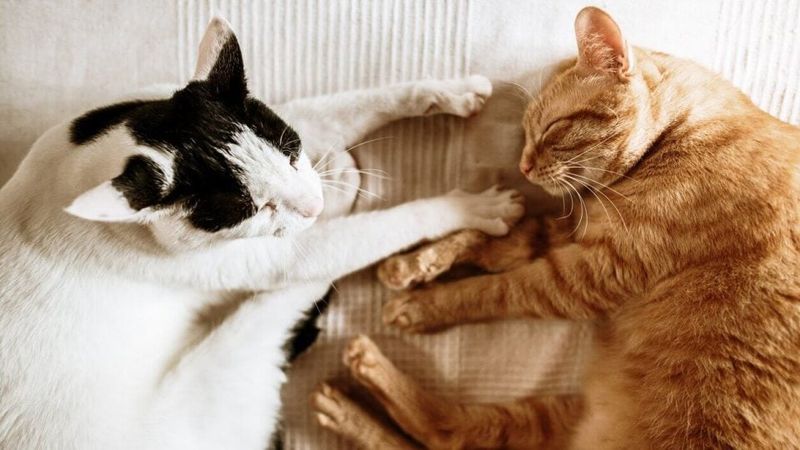
Family dynamics shift with each new pet! Some family members might bond more with the new cat, creating unexpected jealousy from others—including your existing cat.
Children might struggle with dividing attention between pets or understanding why cats need space from each other. Partners sometimes disagree about training methods or boundaries for multiple cats. Having family discussions before adoption helps everyone align expectations and responsibilities.
15. What’s Your True Motivation For Adding Another Cat?

Honest self-reflection prevents adoption regrets! Are you considering another cat because your current one seems lonely, or because YOU want another feline friend?
Many people mistakenly believe solo cats are always lonely, when many actually prefer being the only pet. If your existing cat shows stress signals like hiding or decreased appetite, addressing those issues should come before adding another pet. The best reason to adopt is having love and resources for both cats.


